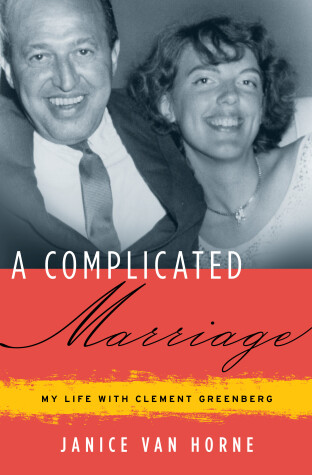
lovelybookshelf
Written on May 17, 2013
Their relationship begins in the mid-50's, when women still had very distinct, traditional roles. Van Horne adheres to these expectations, but at the same time pushes (and breaks) them. I liked that about her. Over the decades, women become more liberated and it becomes easier for Van Horne to find herself and fit in. She overcomes the stigma of her "mother-the-martyr's daughter" and settles into her own identity with confidence and independence, especially after realizing she needed to learn to "outwit the lure of losing [herself] in a man." In this sense, her memoir is much like a coming-of-age story.
Van Horne sometimes writes with an overly dramatic flair. Also, the book could have been a tad shorter. She goes into detail about a number of more mundane aspects of daily life; at first this was charming, but after a while it slowed the pace and I started to feel bogged down.
I enjoyed the vignettes of their friends in the abstract expressionist movement: Jackson Pollock and Lee Krasner, Hans and Miz Hoffman, Jack and Mabel Bush, Franz Kline, and more.
I'm not sure theirs was a "complicated" marriage as much as it was unconventional. At times, very unconventional! Yet I never found myself doubting their love for each other.
I received a copy of this book from the publisher via TLC Book Tours in exchange for an honest review. I did not receive any other compensation for this review.
